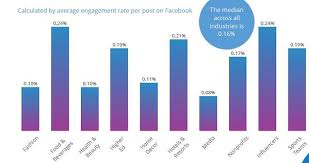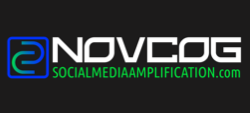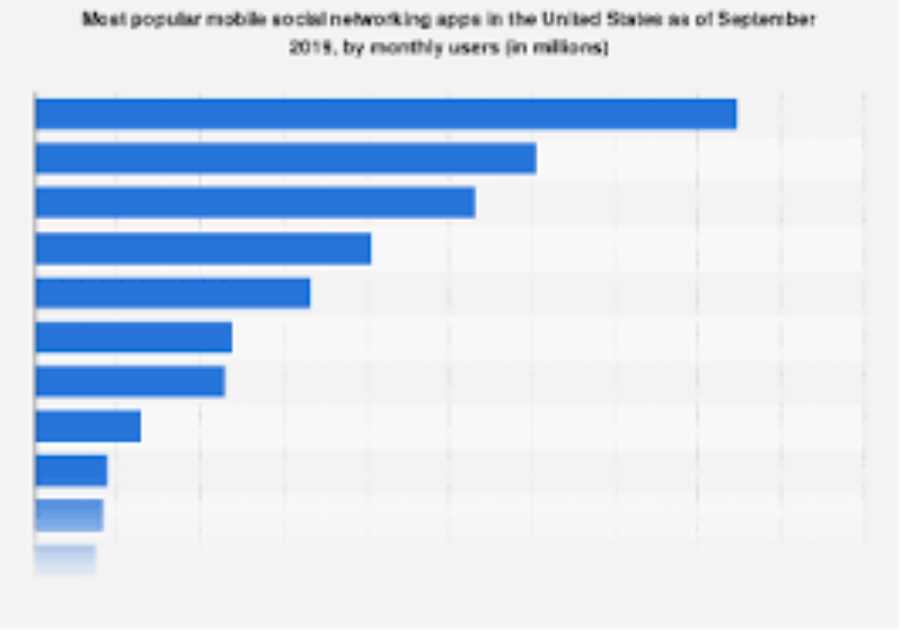
Data is the most important asset any business can possess in our digitized world. With real-time data, your business flourishes thanks to its ability to make real-time, data-driven decisions. With this ability comes the agility to adjust your business strategies to meet consumer preferences, market fluctuations, and even access to capital.
If you’re looking to drive your business goals, one great way to start is by implementing master data management (MDM) applications. In this article, we show you the top practices of MDM you can adapt to achieve this and why these practices matter for your organization’s growth.
Master Data Management Defined
The goal of MDM is to improve data quality by ensuring that all elements are consistent, accurate, and always up to date. Effective MDM policies help make data used by your organization more trustworthy, whether it’s used in analytics applications or business intelligence programs. Furthermore, a good MDM solution can create a uniform data set based on suppliers, consumers, products, and many other business entities from various IT systems.
3 MDM Best Practices
In the past, some of the best practices created and implemented for master data management were centered around data governance, and the aim was to create matching and merging data that could be seen as a golden record. The new MDM practices focus on the data being worked upon and business transformation, customer experiences, and how data can make them better in the future. Three of the best practices include the following.
1. Organize master data for scalability and simplicity.
When you’re new to the MDM applications, you’ll likely come across the advice to start small. Working your way up from one subset of data organizing can give you great benefits, but only for a short while in the early stages. As you accumulate more data, this approach might create more complications than solutions for your business. If you want to utilize an MDM program to its fullest, ensure it’s built to scale.
Thanks to the evolution of technology, modern MDM solutions employ scalable data architecture, enabling the agility to respond to changes in market conditions. This means an increase in your data volume can be taken care of in an instant by scaling your existing MDM.
2. Include multi-domain or master data.
The more data you have, the more information you have to make informed decisions. Most often, businesses with only one master data type can’t fully understand their consumers, employees, and services. One other great MDM solution practice your organization can undertake is adapting multiple data types or multi-domains. These are typically placed on one MDM platform, whether it’s personal data, work data, or critical company data. The benefit of a multi-domain is that it offers you a holistic insight into your business for better transaction outcomes.
3. Include data governance
Data governance should be an integral part of your data management practices, as it works hand in hand with data quality to create a framework that checks for redundancy and accuracy in your new and old data entries. Your data governance framework should be made available to the stewards of your data and business users since they make great use of your data. Create an MDM system application that’s highly intuitive and easy to navigate for quick adoption by business users. This is what sets your application apart from everyday business operations.
There are many other practices, including promoting the added benefit of MDM, paying extra attention to the integration process, and ensuring all stakeholders have access to the multi-domain master data. Every business using these applications has a great growth potential, which improves its profitability in the long run.
The post 3 Master Data Management Best Practices appeared first on Social Media Explorer.






